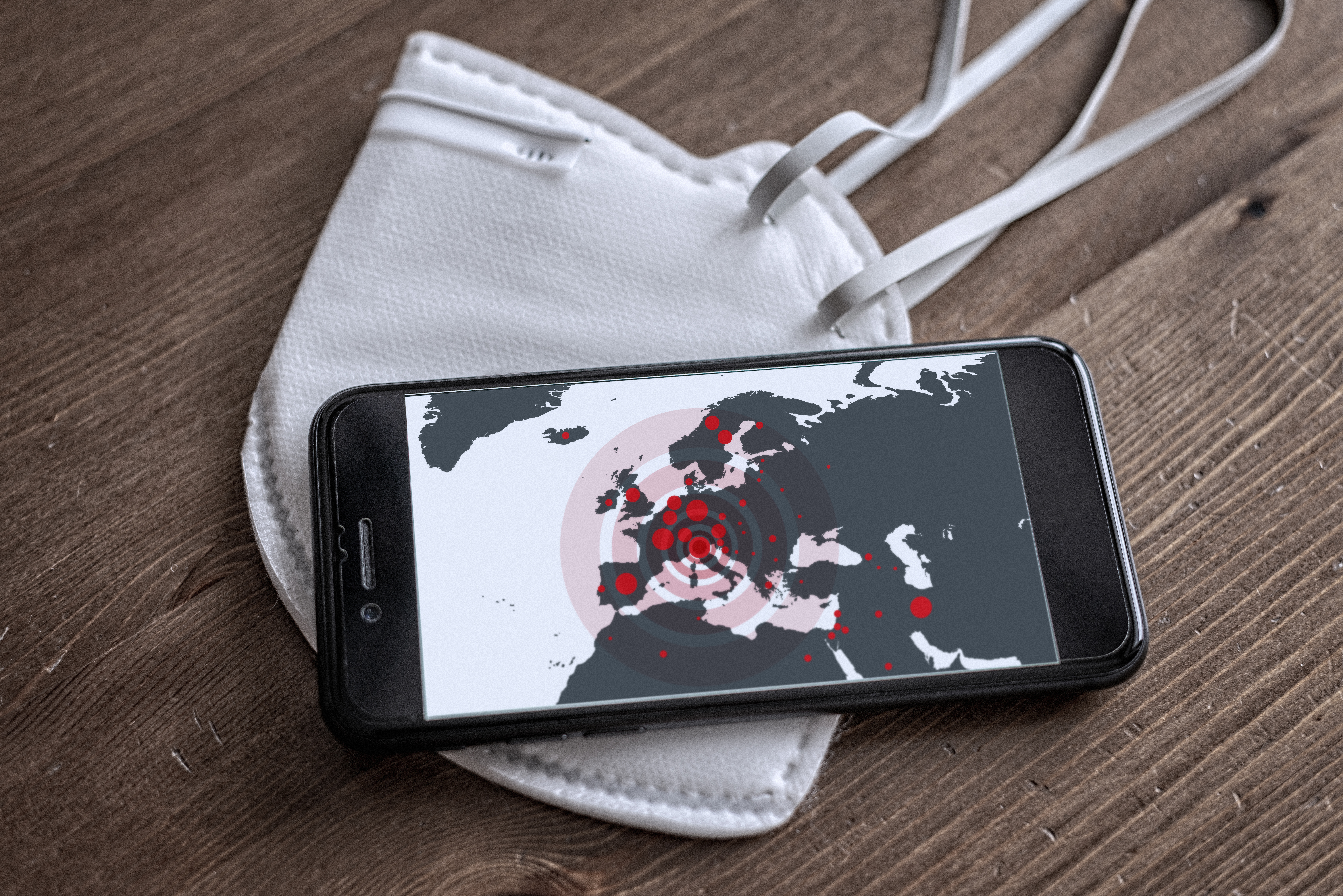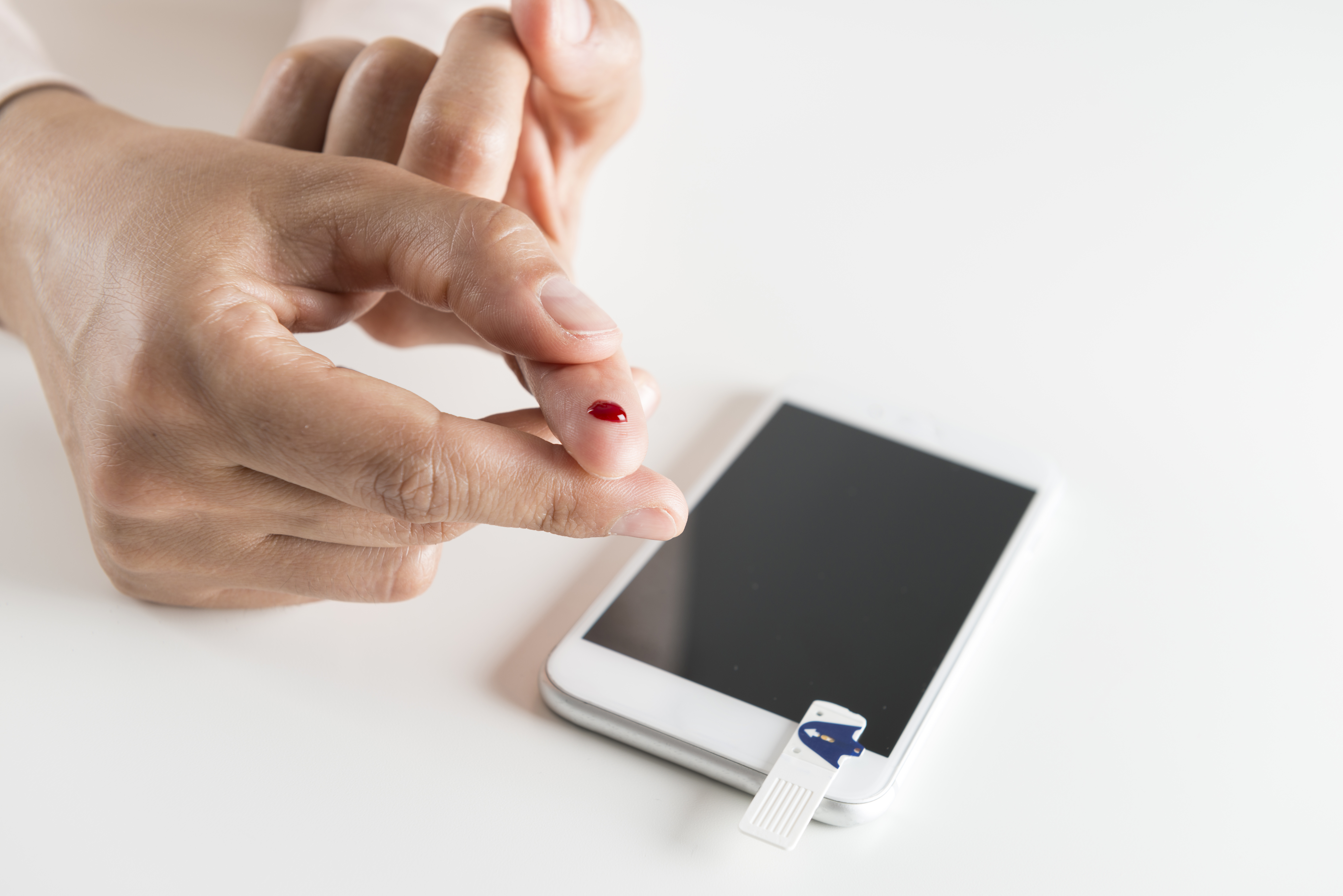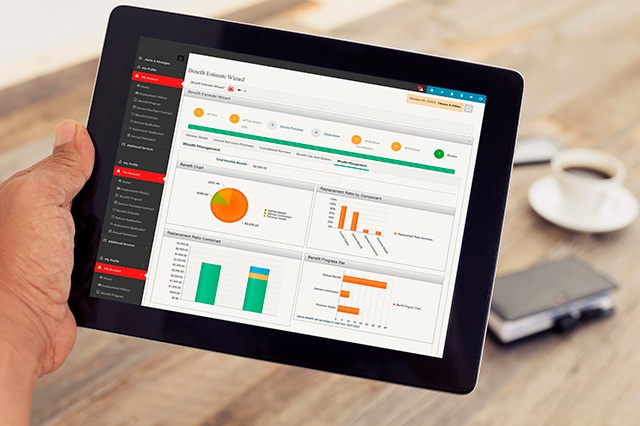HealConnect for Crisis Communication
Member Guide for COVID-19 COVID-19 is a global pandemic. With 1 in 5 Americans covered by Medicaid, it is seen as a key …
Evolving Healthcare Communications in the Digital Era
Technology is changing the way consumers seek out and interact with, important health information, including locating ne …
Opioid Withdrawal Programs
The Opioid Crisis The number of deaths in the U.S. from prescription opioid overdose has more than quadrupled in the las …
Should Vaping be Treated as a Substance Use Disorder among Youth?
A recent report released by The National Institute of Drug Abuse (NIDA) revealed that the use of vaping devices has dram …
Integrating Physical and Behavioral Health Care
There are many parts working together in our bodies and research has shown that those individuals needing treatment for …
Community Health Centers in Medicaid
Affordable Care Act The Affordable Care Act (ACA) was signed into law on March 23, 2010, by President Obama. Since that …
Do Personal Behaviors Drive Better Health Decisions than Doctors?
Since the 1970’s our population has faced an increasing number of chronic health concerns. Many of these have been relat …
Mobile health apps improve patient health. Hype or reality?
Digital Health has been a hot market space in recent times with investors collectively pouring $26 billion since 2010 an …
4 ways to better engage your patients
Imagine a patient just diagnosed with a life-changing chronic illness such as diabetes, arthritis, asthma or a combinati …
Social Factors in Health: Weight Loss Programs
Only 10% of health is determined by care received at a doctor's office. Other factors like economic stability, residenti …










